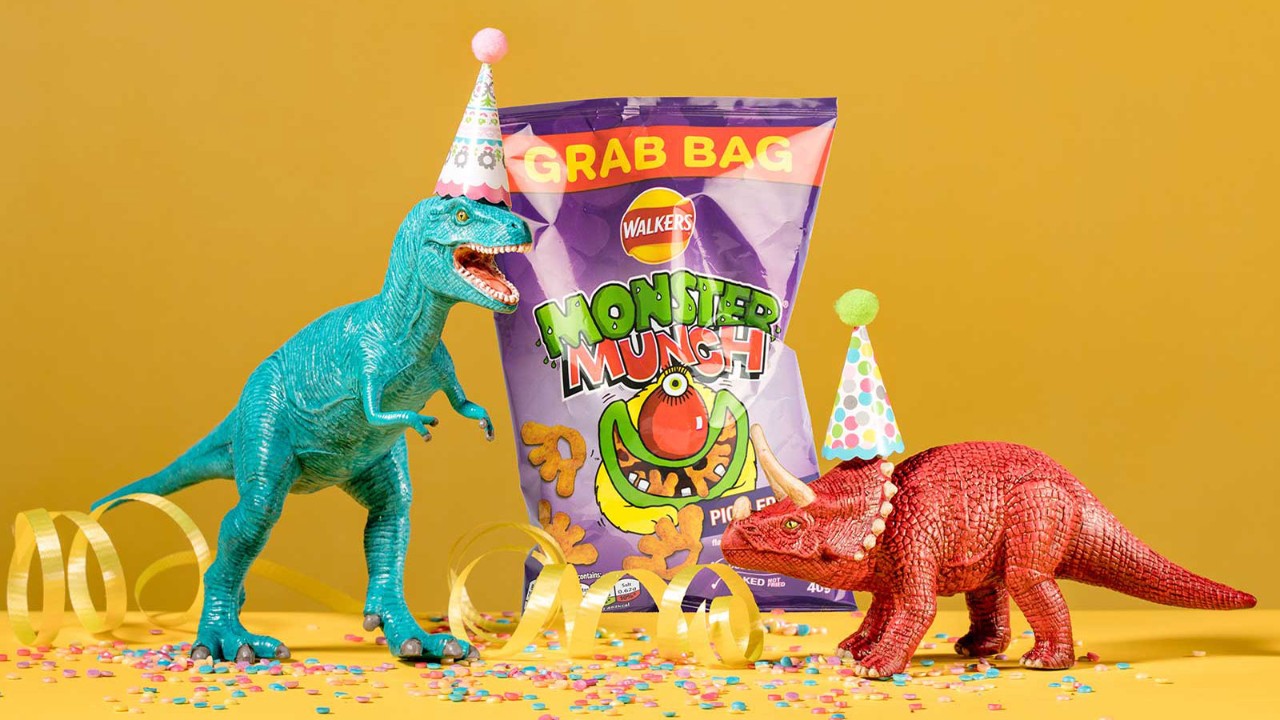
The recent ruling on Walkers’ Sensations Poppadoms is a reminder of the byzantine VAT rules around food products.
In a recent high-profile legal case, Walkers Snack Foods and HMRC faced each other in court with opposing views on the applicability of VAT on Walkers’ Sensations Poppadoms.
Monster Munch is generally not reserved as a food for monsters
HMRC insisted that this product was like a potato crisp and therefore subject to 20% VAT. During the trial it was established that Walkers’ Sensations Poppadoms were fundamentally marketed as crisps, were meant to be eaten like crisps, and had no more ingredients than you find in crisps. The tribunal concluded that the product was VAT-able.
The fact that they are not called ‘crisps’ was considered irrelevant. The tribunal said: ‘Calling a snack food Hula Hoops does not mean that one could twirl that product around one’s midriff. Nor is Monster Munch generally reserved as a food for monsters.’
Not just a biscuit
But spare a thought for those in the baking business. Even tax practitioners may struggle to determine with absolute certainty the correct VAT treatment for baked goods, such are the complexities and intricacies of the rules here.
Take biscuits, for example. According to HMRC’s very detailed VAT notice on food products, the general rule is that they are zero-rated unless they are coated (wholly or partly) with chocolate, in which case they become standard-rated. However, if the chocolate is in chip form and the chips are ‘either included in the dough or pressed into the surface’, the biscuits are zero-rated. Be careful though: if you only press the chocolate chips into the surface of your biscuits after baking, your biscuits will be VAT-able again.
Add buttons and the gingerbread man becomes 20% more expensive
When you’re dealing with that winning combination of chocolate and gingerbread men, requirements reach another level of complexity. You can zero-rate a gingerbread man when the amount of chocolate is ‘no more than a couple of dots for eyes’. Add a third dot – say, by giving him buttons – and suddenly the same gingerbread man becomes 20% more expensive.
Cake disputes
Cakes are altogether a lot simpler. You can cover them with as much chocolate as you like, and they can still be sold without any VAT (except when they are supplied for catering purposes).
However, the difficulty in cake-world is the question of what is considered a cake. For instance, DuelFuel Nutrition thought some of its sport nutrition products were cakes. They looked like slices of cake, were marketed as such and so a zero VAT rate was applied. HMRC disagreed, arguing that they should have been categorised as other confectioneries and VAT charged.
The dispute went to court. The First Tier Tribunal (FTT) considered several features of the products, including texture, packaging and ingredients, and whether they would normally be eaten with the fingers (considered a typical characteristic of confectionery products). It concluded that these food items, from a VAT perspective, fall into the ‘other confectionery’ category and are standard rated.
Jaffa Cakes are cakes because they are soft and spongy when fresh, but hard when stale
More challenges from HMRC can now be expected on the back of this FTT ruling. Tax practitioners and food businesses supplying cake-like products need to consider whether items marketed as cakes and sold VAT-free contain any unusual ingredients, are packaged in a snack/confectionery way, and are more likely to be eaten without cutlery.
And don’t forget about texture: in the now infamous Jaffa Cakes debate, the court ruled they are definitely chocolate cakes because they are soft and spongy when fresh, but become hard when stale; a biscuit works the other way round. Slap on the VAT – and pass the teapot.


